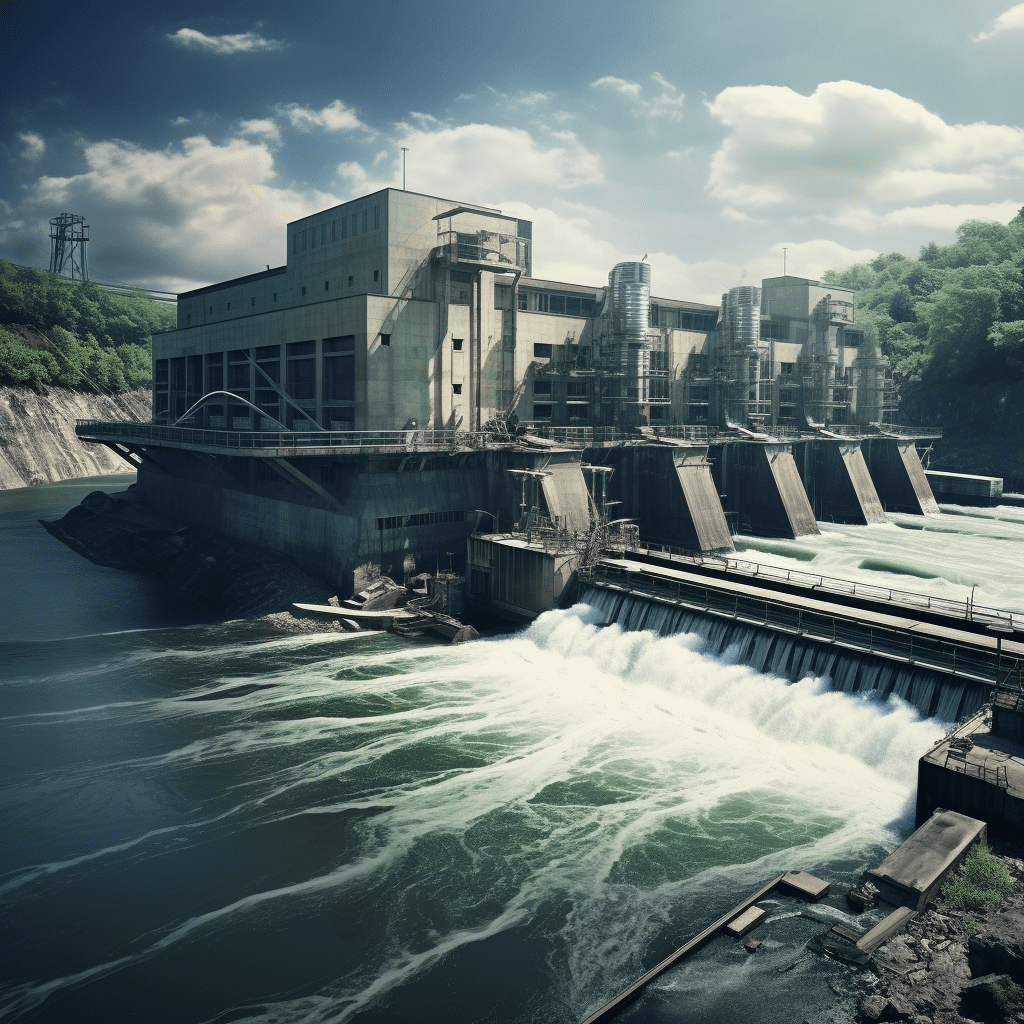Telangana is making significant strides in harnessing its hydro power potential, aiming to create a greener future through sustainable energy solutions. With an assessed capacity of 1,302 MW, the state is implementing various initiatives to maximize its renewable energy resources, contributing to both environmental sustainability and economic growth.
What is the current status of hydro power generation in Telangana?
As of now, Telangana has made substantial progress in its hydro power generation capabilities, having added 800 MW of capacity over the past nine years. The state operates several hydroelectric projects, including major facilities like the Srisailam and Nagarjuna Sagar dams, which play a crucial role in meeting its energy demands.
Chart: Current Hydro Power Generation Capacity
| Project | Capacity (MW) |
|---|---|
| Srisailam Hydroelectric Plant | 900 |
| Nagarjuna Sagar Hydroelectric Plant | 815 |
| Priyadarshini Jurala Project | 150 |
| Total Capacity | 2,441 |
How much hydro power potential exists in Telangana?
Telangana has an estimated hydro power potential of 1,302 MW from major and medium schemes (those with capacities above 25 MW). This potential remains largely untapped, presenting significant opportunities for future development as the state seeks to enhance its renewable energy portfolio.
Chart: Hydro Power Potential Breakdown
| Type | Potential Capacity (MW) |
|---|---|
| Major Projects | 1,302 |
| Medium Projects | Included within major projects |
| Total Assessed Potential | 1,302 |
What initiatives are being implemented to harness this potential?
The government of Telangana is actively pursuing various initiatives to tap into its hydro power potential:
- New Projects: Plans are underway to develop additional hydropower projects, including pumped storage facilities.
- Policy Support: The government is drafting new policies aimed at promoting renewable energy investments and streamlining project approvals.
- Public-Private Partnerships: Collaborations with private entities are being encouraged to share investment burdens and enhance project execution.
Chart: Key Initiatives for Hydro Power Development
| Initiative | Description |
|---|---|
| New Project Development | Launching additional hydropower projects |
| Policy Framework | Drafting supportive policies for renewable energy |
| Public-Private Partnerships | Encouraging collaboration with private investors |
How does hydro power support sustainability efforts in the state?
Hydro power significantly contributes to sustainability efforts in Telangana by providing a clean and renewable source of energy that reduces reliance on fossil fuels. By generating electricity with minimal carbon emissions, it helps mitigate climate change impacts while promoting environmental conservation through responsible water resource management.
Chart: Sustainability Benefits of Hydro Power
| Benefit | Description |
|---|---|
| Reduced Carbon Emissions | Significant decrease in greenhouse gas emissions |
| Renewable Resource | Utilizes water flow sustainably |
| Ecosystem Preservation | Supports local ecosystems through regulated water use |
What economic advantages come from expanding hydro power resources?
Expanding hydro power resources offers several economic benefits:
- Job Creation: New projects will create jobs during construction and ongoing operations.
- Energy Cost Stability: Increased local energy production can stabilize electricity prices and reduce dependence on imported fuels.
- Regional Development: Investment in infrastructure can spur economic growth in rural areas where projects are located.
Chart: Economic Impact of Hydro Power Expansion
| Economic Benefit | Description |
|---|---|
| Job Creation | Thousands of jobs during construction and operation |
| Stable Energy Costs | Lower electricity prices for consumers |
| Regional Growth | Infrastructure investment boosts local economies |
What challenges must be addressed to develop hydro power effectively?
Despite its potential, several challenges must be addressed for effective development:
- Environmental Concerns: Balancing energy production with ecological impacts on local waterways and habitats.
- Regulatory Hurdles: Navigating complex permitting processes can delay project timelines.
- Investment Requirements: Significant capital is needed upfront for construction and infrastructure improvements.
Chart: Challenges Facing Hydro Power Development
| Challenge | Description |
|---|---|
| Environmental Impact | Need for ecological assessments |
| Regulatory Delays | Lengthy permitting processes |
| High Initial Investment | Significant upfront costs for project development |
What does the future hold for hydro power projects in Telangana?
The future outlook for hydro power projects in Telangana is optimistic as the government aims to increase its renewable energy capacity significantly by 2035. With plans to develop new projects and enhance existing infrastructure, Telangana is positioning itself as a leader in sustainable energy production within India.
Chart: Future Goals for Hydro Power Development
| Goal | Target Year |
|---|---|
| Increase Capacity | Achieve full utilization of assessed potential by 2035 |
| Develop New Projects | Ongoing through 2025 |
Latest News
Telangana has unveiled plans to harness its substantial hydro power potential, with an assessed capacity of 1,302 MW available from various projects. The government is focusing on developing new initiatives and policies aimed at increasing renewable energy production while ensuring environmental sustainability and economic growth across the state.
Editor Comment
“Telangana’s commitment to expanding its hydro power capabilities reflects a proactive approach towards achieving a greener future. By investing in renewable resources, the state not only addresses its energy needs but also sets an example for sustainable development practices that can be replicated across India.”
FAQ Section
Q1: What is the current installed capacity of hydropower plants in Telangana?
A1: The current installed capacity of hydropower plants in Telangana stands at approximately 2,441 MW.Q2: How much additional hydropower capacity does Telangana aim to develop?
A2: Telangana aims to fully utilize its assessed hydropower potential of 1,302 MW through new developments.Q3: What are some benefits of expanding hydropower resources?
A3: Benefits include job creation, stable energy costs, and regional economic growth due to infrastructure investments.



